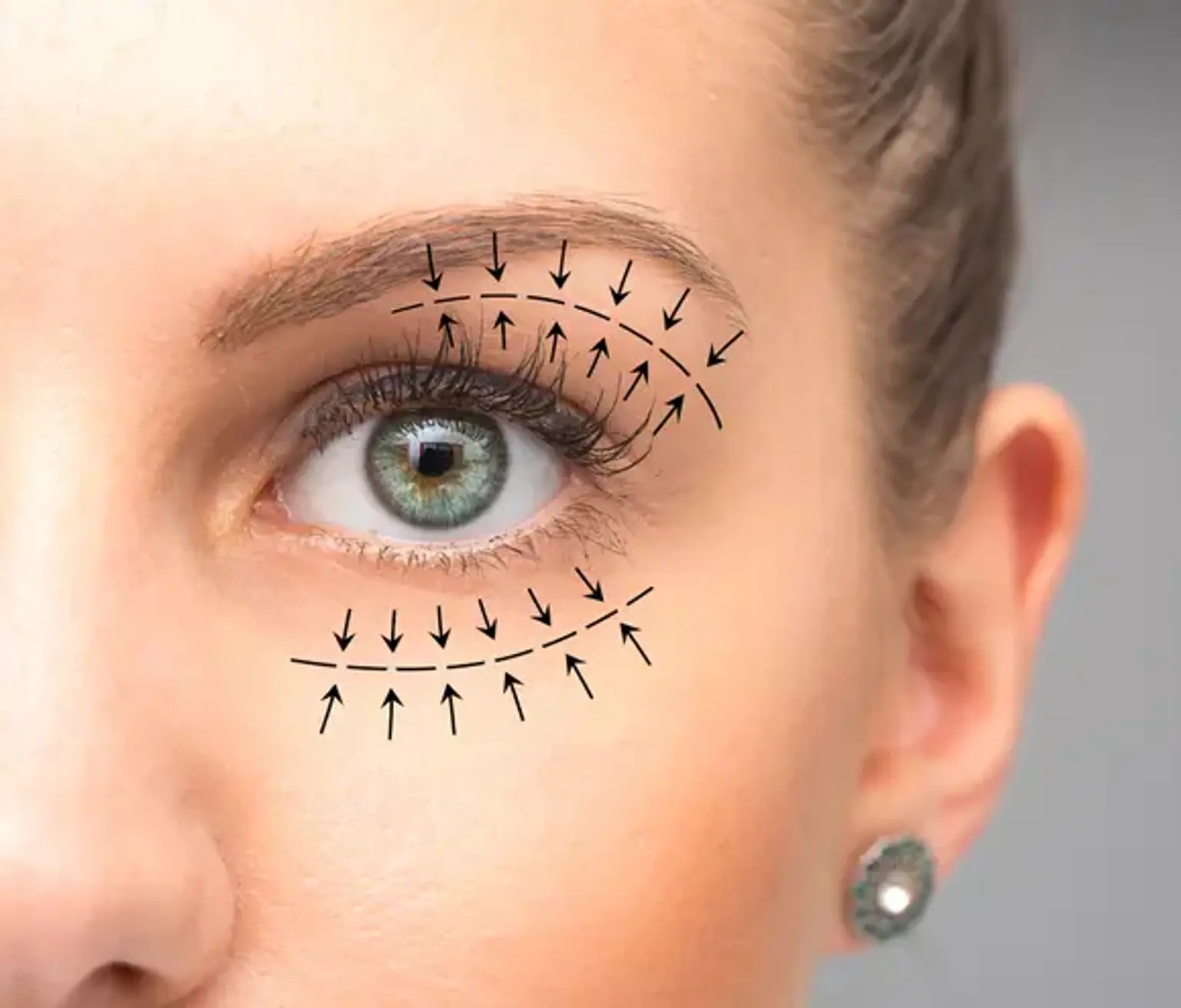Revisional Blepharoplasty
The main features of our faces are the upper eyelids and our eyes. When we look at someone, we direct our attention to this area of the face, and because of this, our eyes can detect asymmetries or variations in the eyelids with ease. Plastic surgery's sensitive, harsh field of eyelid surgery has many potential failure aspects. Eyelid surgeon has specialized in eyelid surgery and has extensive knowledge in revision surgery. Speak with a specialist who specializes in eyelid surgery if you want to avoid revision surgery.
A highly skilled surgical operation called eyelid revision surgery is used to fix earlier eyelid surgery performed by other physicians. The removal of extra skin, fat, and fat from the upper and lower eyelids is known as blepharoplasty, which is one of the most popular surgeries in the world.
If a patient has had any eyelid cancer or injuries, they can additionally require surgery around their eyes. While many patients experience positive results, some suffer scarring, asymmetry, disfigurement, or other issues with their eyelids that may necessitate revision surgery. Oculoplastic surgeons are needed for eyelid revision surgery.
